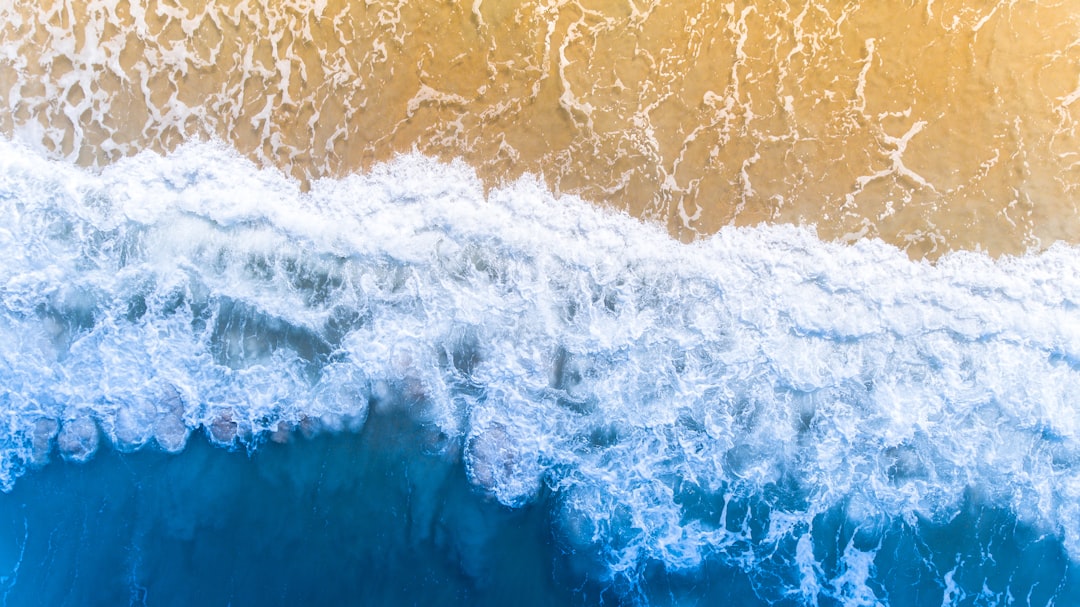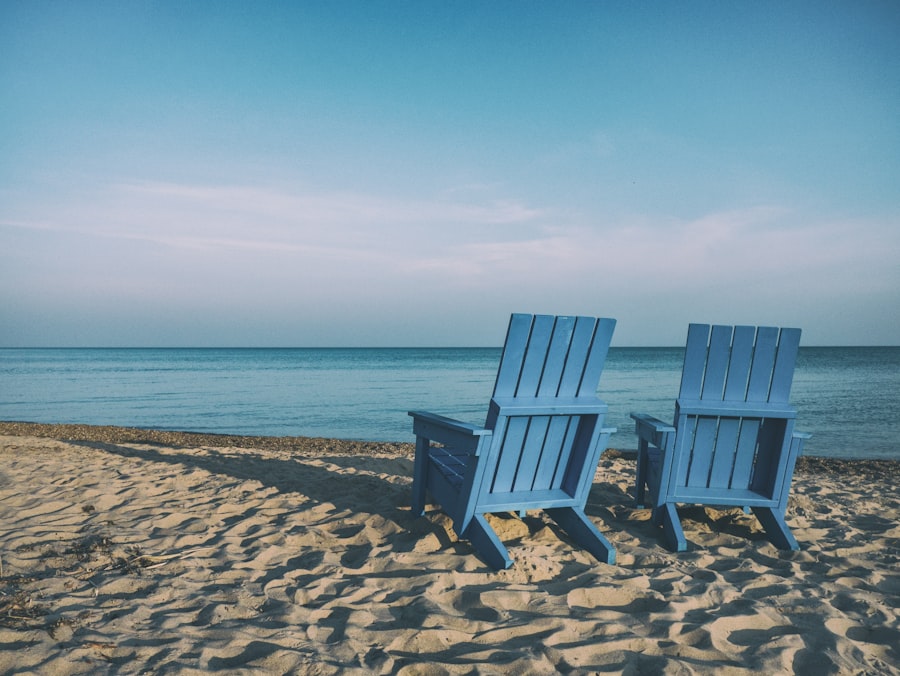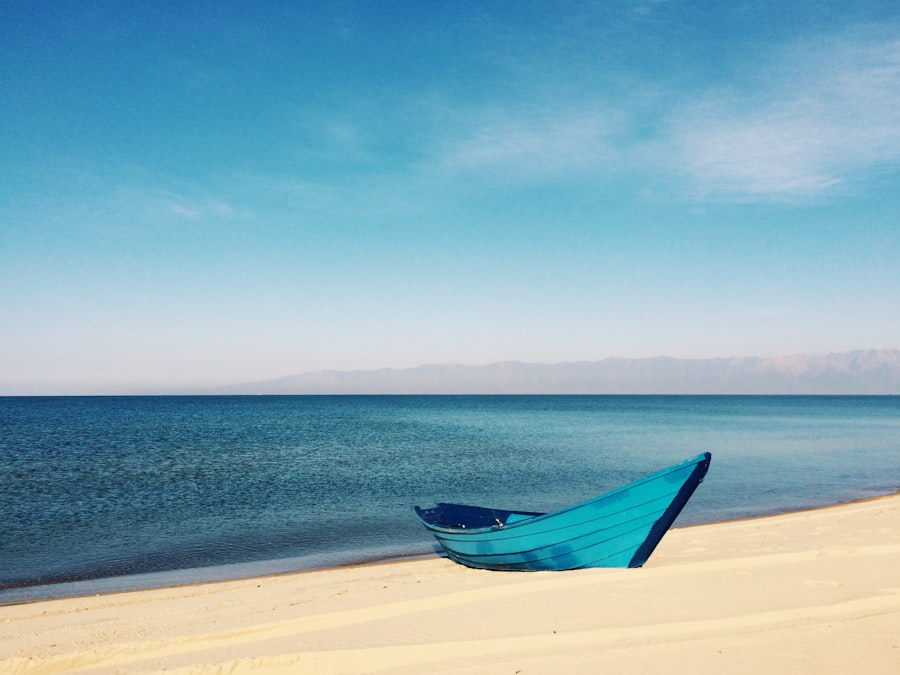
Mozambique, a vibrant country located on the southeastern coast of Africa, is bordered by the Indian Ocean to the east, Tanzania to the north, Malawi and Zambia to the northwest, and South Africa and Eswatini to the southwest. With a rich tapestry of cultures, languages, and traditions, Mozambique is a nation that has emerged from a complex history marked by colonialism and civil strife. The official language is Portuguese, a remnant of its colonial past, but the country is home to a multitude of indigenous languages, reflecting its diverse ethnic groups.
The population is a blend of various cultures, including Bantu, Arab, and Portuguese influences, which have shaped its unique identity. The country boasts a wealth of natural beauty, from its stunning coastline to its lush inland landscapes. Mozambique’s geography is characterized by a mix of coastal plains, plateaus, and mountains, providing a variety of ecosystems that support an array of wildlife.
The capital city, Maputo, serves as a bustling hub of activity and culture, showcasing the dynamic spirit of the nation. As Mozambique continues to develop economically and socially, it remains a destination that offers travelers an opportunity to explore its rich heritage and breathtaking landscapes.
Key Takeaways
- Mozambique is a diverse and vibrant country located in southeastern Africa, known for its rich history, stunning natural beauty, and delicious cuisine.
- The country is home to a number of historical and cultural sites, including the Island of Mozambique, a UNESCO World Heritage Site, and the ancient rock art of Chitimba.
- Mozambique boasts an array of natural wonders and wildlife, such as the Gorongosa National Park, which is home to a wide variety of animals and bird species.
- With its long coastline along the Indian Ocean, Mozambique offers an abundance of beautiful beaches and coastal attractions, including the Bazaruto Archipelago and the Quirimbas Islands.
- The cities of Mozambique, such as Maputo and Beira, are filled with urban exploration opportunities, from bustling markets and vibrant nightlife to colonial architecture and museums. Additionally, the local cuisine features a variety of delicious delicacies, including peri-peri prawns, matapa, and cashew nuts.
Historical and Cultural Sites
Mozambique’s historical narrative is deeply intertwined with its colonial past and the struggle for independence. One of the most significant sites reflecting this history is the Island of Mozambique, a UNESCO World Heritage Site.
The island’s architecture is a fascinating blend of Portuguese colonial buildings and traditional Swahili structures, with highlights including the Fort São Sebastião and the Chapel of Nossa Senhora de Baluarte, which is considered one of the oldest European buildings in the southern hemisphere. Another important cultural site is the city of Beira, which played a pivotal role during the civil war in Mozambique. The city’s historical significance is evident in its colonial-era architecture and the remnants of its once-thriving port.
Visitors can explore the Beira Cathedral and the iconic Beira Lighthouse, which stands as a testament to the city’s maritime heritage. Additionally, the nearby Gorongosa National Park not only offers stunning natural beauty but also holds historical significance as it was once a battleground during the civil war. The park has since been rehabilitated and serves as a symbol of hope and recovery for the nation.
Natural Wonders and Wildlife

Mozambique is renowned for its diverse ecosystems and rich biodiversity, making it a paradise for nature lovers and wildlife enthusiasts. One of the crown jewels of Mozambique’s natural wonders is Gorongosa National Park. This expansive park covers over 4,000 square kilometers and is home to an impressive array of wildlife, including elephants, lions, hippos, and numerous bird species.
The park’s restoration efforts have been remarkable since the end of the civil war, with ongoing conservation initiatives aimed at preserving its unique habitats and wildlife populations. The Quirimbas Archipelago is another natural wonder that captivates visitors with its pristine beauty. Comprising 32 islands along the northern coast of Mozambique, this archipelago features stunning coral reefs teeming with marine life.
The islands are not only a haven for snorkelers and divers but also provide opportunities for eco-tourism and sustainable fishing practices. The rich marine biodiversity includes dolphins, turtles, and an array of colorful fish species that thrive in these crystal-clear waters. The archipelago’s remote location adds to its allure, offering travelers an escape into an untouched paradise.
Beaches and Coastal Attractions
| Beach Name | Location | Visitors per year | Main Attraction |
|---|---|---|---|
| Waikiki Beach | Honolulu, Hawaii | 4 million | Surfing and Diamond Head view |
| Copacabana Beach | Rio de Janeiro, Brazil | 2 million | New Year’s Eve fireworks |
| Bondi Beach | Sydney, Australia | 2.7 million | Surfing and coastal walk |
Mozambique’s coastline stretches over 2,500 kilometers along the Indian Ocean, offering some of the most breathtaking beaches in Africa. One of the most famous beach destinations is Tofo Beach, located near Inhambane. Known for its golden sands and vibrant marine life, Tofo attracts surfers, divers, and beachgoers alike.
The waters are home to majestic manta rays and whale sharks, making it a prime spot for snorkeling and diving adventures. The laid-back atmosphere of Tofo Beach is complemented by local markets and beachfront restaurants serving fresh seafood. Further north lies Vilanculos, another coastal gem that serves as a gateway to the Bazaruto Archipelago.
This area is renowned for its stunning turquoise waters and white sandy beaches. Visitors can embark on boat trips to explore the archipelago’s islands, where they can indulge in activities such as fishing, snorkeling, or simply relaxing on secluded beaches. The vibrant local culture adds to the experience, with opportunities to engage with local artisans and learn about traditional crafts.
The combination of natural beauty and cultural richness makes Mozambique’s coastal attractions truly unforgettable.
Cities and Urban Exploration
Maputo, the capital city of Mozambique, is a bustling metropolis that reflects the country’s dynamic culture and history. The city’s architecture showcases a blend of colonial influences and modern design, with notable landmarks such as the Maputo Railway Station, which is often regarded as one of the most beautiful train stations in the world. The vibrant markets of Maputo offer an authentic glimpse into daily life, where visitors can find everything from fresh produce to handmade crafts.
The Mercado do Peixe (Fish Market) is particularly popular among locals and tourists alike for its lively atmosphere and delicious seafood offerings. Another city worth exploring is Nampula, known for its rich cultural heritage and historical significance. Nampula serves as a gateway to several important cultural sites, including the nearby Ilha de Moçambique.
The city itself features colorful markets and lively street life that reflect the local traditions and customs. Visitors can also explore the nearby Nampula Cathedral, an architectural marvel that stands as a symbol of faith for many in the region. The blend of urban exploration with cultural experiences makes Nampula an intriguing destination for those looking to delve deeper into Mozambique’s diverse heritage.
Cuisine and Local Delicacies

Mozambican cuisine is a delightful fusion of flavors influenced by indigenous ingredients as well as Portuguese culinary traditions. One of the most iconic dishes is “piri-piri chicken,” marinated in a spicy chili sauce made from local piri-piri peppers. This dish exemplifies the bold flavors that characterize Mozambican cooking and is often served with rice or maize porridge known as “xima.
Street food culture thrives in Mozambique’s cities and towns, offering visitors an opportunity to sample local delicacies on-the-go. “Matapa,” made from cassava leaves cooked with peanuts and coconut milk, is a popular dish that showcases traditional ingredients. Additionally, “samosas” filled with spiced meat or vegetables are commonly found at street stalls.
For those with a sweet tooth, “bolo de banana” (banana cake) or “pão de queijo” (cheese bread) are delightful treats that reflect the country’s culinary creativity. The vibrant food scene in Mozambique not only satisfies hunger but also provides insight into the nation’s cultural identity through its diverse flavors and cooking techniques.
If you’re intrigued by the diverse and captivating details about Mozambique, you might also enjoy exploring more about different places around the world. For instance, you can learn about the unique characteristics and must-visit locations in Rhode Island by checking out a related article. Discover more by visiting Rhode Island Facts and Places to Visit. This article provides insights into another fascinating region, enhancing your knowledge of global geography and cultural landmarks.
FAQs
What are some interesting facts about Mozambique?
– Mozambique is located in southeastern Africa and is known for its stunning coastline, diverse wildlife, and rich cultural heritage.
– The official language of Mozambique is Portuguese, a result of its colonial history.
– The country gained independence from Portugal in 1975 and has since made significant progress in rebuilding and developing its economy and infrastructure.
What are some popular places to visit in Mozambique?
– The Bazaruto Archipelago, a group of islands off the coast of Mozambique, is a popular destination for its pristine beaches, clear waters, and abundant marine life.
– The capital city, Maputo, offers a vibrant mix of colonial architecture, bustling markets, and lively nightlife.
– Gorongosa National Park is a must-visit for wildlife enthusiasts, with its diverse range of animals and stunning landscapes.
What are some must-see sights in Mozambique?
– The Island of Mozambique, a UNESCO World Heritage Site, is a historic island with well-preserved colonial architecture and a rich cultural heritage.
– The Niassa Reserve, one of the largest protected areas in Africa, is home to a wide variety of wildlife, including elephants, lions, and wild dogs.
– The Quirimbas Archipelago, with its idyllic beaches and crystal-clear waters, is a paradise for snorkeling, diving, and relaxation.



